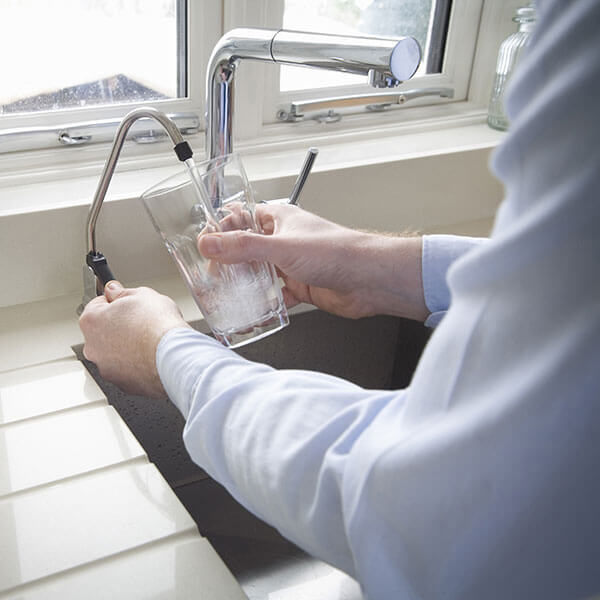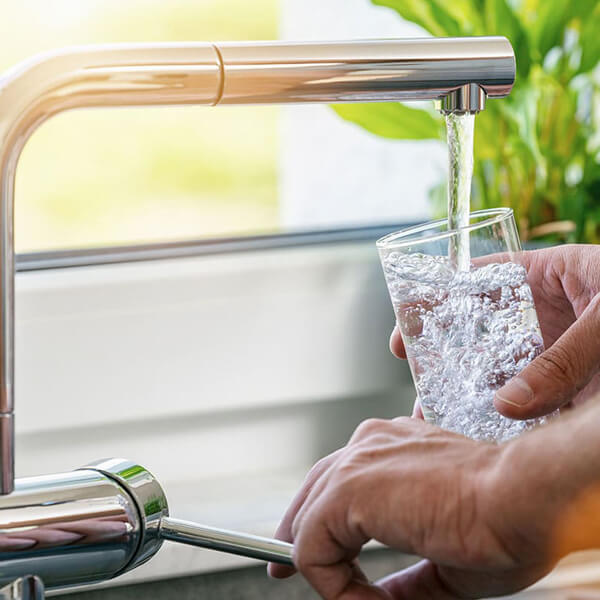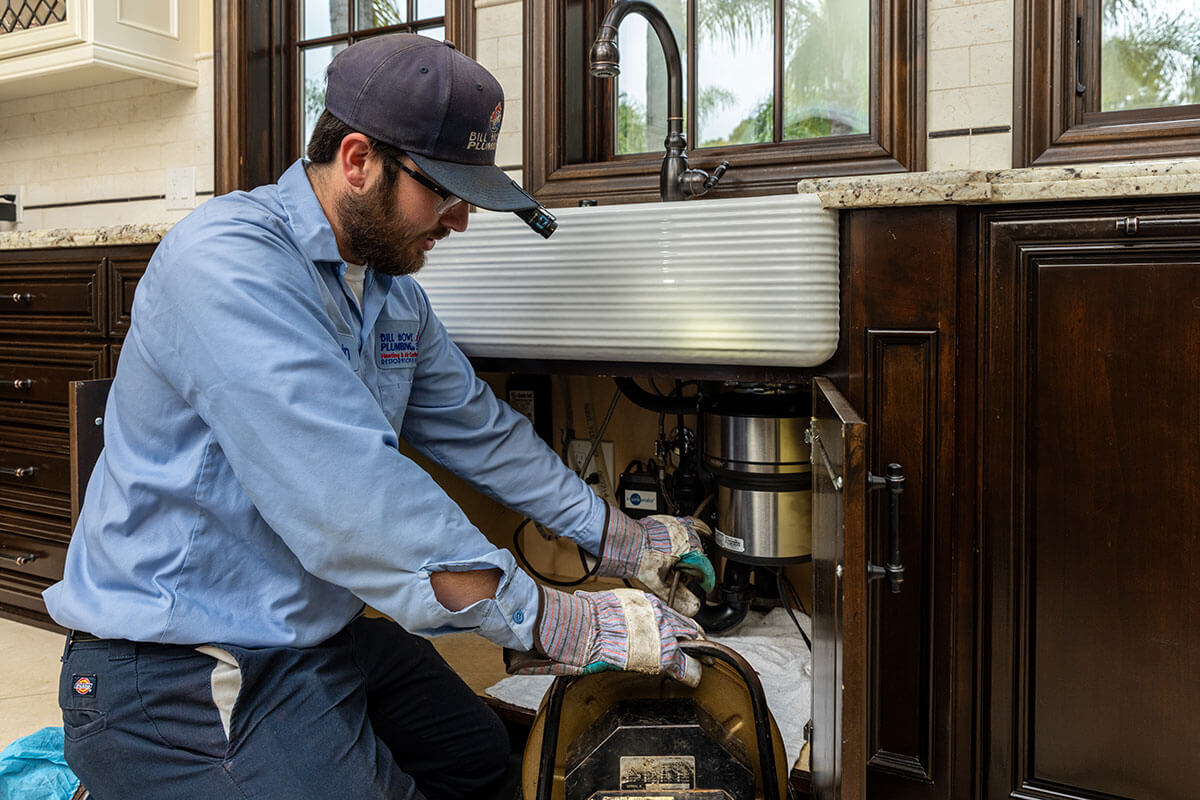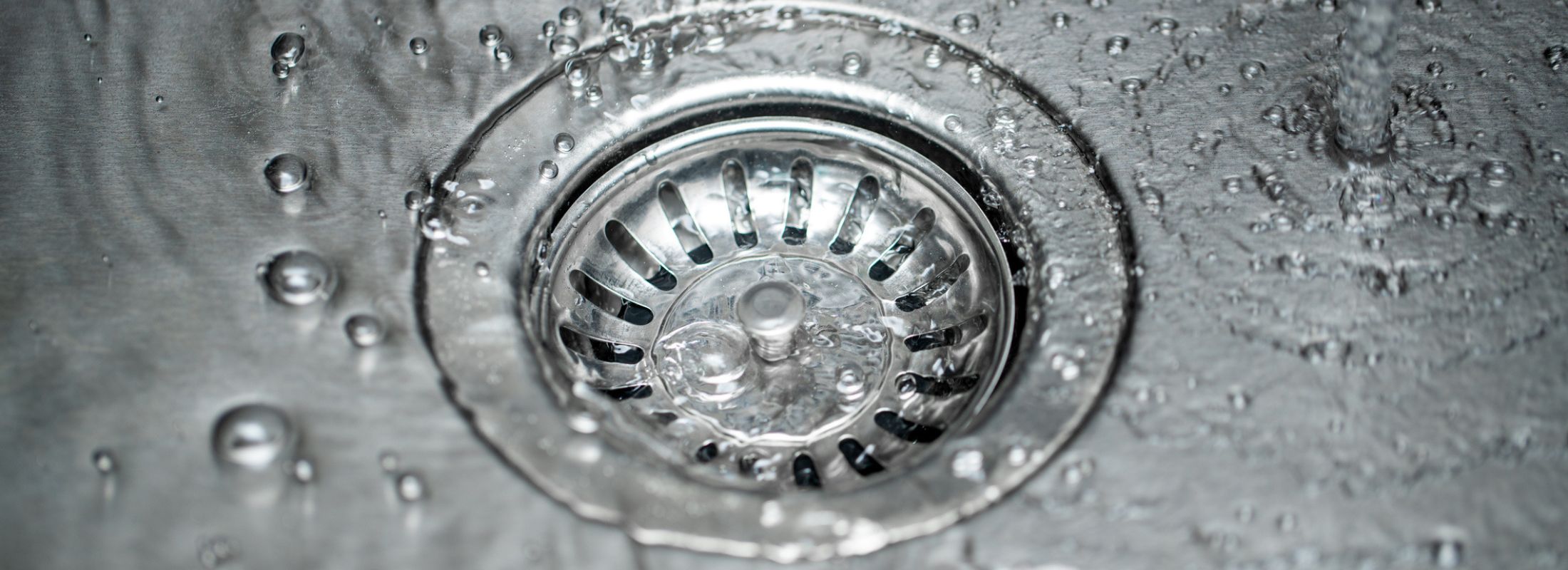Have you seen flies in your drain lately? It’s not uncommon. Drain flies thrive on organic matter found in standing water, house drains, and bacterial muck accumulating on the side of storm and house drains. Worse, a large infestation can lead to health risks because these flies can transfer bacteria and contaminate surfaces, including the food you’ve left on the countertop. And if you go on vacation for a while, a large infestation can block pipes.
So, how do you get rid of drain flies? In the following, we’ll discuss solutions for ridding them and how to get rid of drain gnats. Let’s dive in!
Causes of Drain Fly and Gnat Infestations
Gnats (more mosquito-like in appearance) and drain flies (more moth-like) are attracted to organic material and stagnant water. That’s why you often see them buzzing around potted plants or the sink in the kitchen. You can also find infestations around toilets, refrigerator drain pans, and wherever there’s standing water in your home. Gnats and drain flies thrive in wet areas, creating a perfect spot to lay eggs. While drain flies have a typical lifespan ranging from eight to 24 days, the number of eggs they can quickly lay should concern you—drain flies can hundreds of eggs in no time!
So, to get rid of drain flies and gnats, you’ll need to discover the cause, which can be any of the following:
Clogged drains: Slow or clogged drains can turn wastewater stagnant. Stagnant water creates an ideal breeding ground for nasty bacteria and drain flies.
Poor drainage: Have you been neglecting your regular drain cleaning duties? If so, there’s likely a buildup of organic matter in the pipes. Drain flies and gnats thrive on organic matter. The buildup of organic matter is an excellent food source for drain fly larvae.
Standing water: Unused toilets and refrigerator drains typically have standing water, as does the immediate area around leaky pipes.
Overwatering plants: When you overwater plants, it can lead to fungal growth in the soil. Fungus gnats thrive on fungal soil.
Weather: It’s not unusual to see a gnat infestation when there’s an increase in humidity. And when it rains in a warm environment, you might also see an infestation.
Unsealed produce: Gnats are attracted to unsealed produce, so anything sweet and fruity will grab their attention.
Food spillage: Food spills happen, and when they do, gnats take notice.
Overflowing garbage cans: Keep those garbage lids closed and don’t overflow the garbage can—gnats are attracted to garbage.
Dirty kitchen sink drain: Food residue collects in the kitchen sink drain, and gnats and drain flies will make their way there.
Drain flies and gnats like to hang out near the breeding source. So, discovering the source where gnats and drain flies are breeding can help you focus on getting rid of drain flies and gnats. Since drain pipes are one of the most common areas where you’ll find a gnat and drain fly infestation, we’ll touch on how to check for infestations in the pipes.
How to check your pipes for drain flies:
Do the duct tape test: One of the simplest ways to discover if you have a drain fly infestation in the pipes is to place duct tape over the drain for 24 hours. If you return after 24 hours and find a bunch of flies stuck to the tape, you’ve located the breeding source.
Check for larvae: Drain fly larvae are a bit more challenging to find than adult drain flies, but if the tape method fails, it’s time to look for long-tube larvae. To do this, open the drain cover, remove any gunk, and physically find the larvae.
DIY Methods for How to Get Rid of Drain Flies
Ok, so we know what causes drain fly and gnat infestations. So, how do you get rid of drain flies? Well, preventing the breeding source is a start. That means removing any standing water, fixing leaky pipes, and unclogging drains. Keep the bathroom area and kitchen clean and flush unused toilets occasionally.
It’s also a good idea to promptly clean up food spills, crumbs, and food residue. Regular plumbing maintenance is recommended to prevent a buildup of organic matter in the pipes. The good news is that small infestations may disappear on their own. However, large infestations do not. Fortunately, there are some home remedies on how to get rid of drain flies and gnats, such as:
Vinegar and Baking Soda:
- Pour 1/2 cup of baking soda and 1 cup of vinegar down the drain.
- Plug the drain.
- Let the mixture sit for a while.
- Rinse the drain with boiling water.
Boiling Water:
- Boil water in a tea kettle.
- Flush the drain with the boiling water.
- Clean the drain and remove the biofilm with a metal pipe brush.
Microbial drain cleaners:
- Purchase a microbial drain cleaner, like an enzyme-based drain cleaner (the cleaner will feed on the biofilm, removing the food source and larvae.)
- Use according to instructions.
DIY drain fly traps:
- Get apple cider vinegar
- Grab dish soap
- Fill a shallow dish with dish soap and apple cider vinegar
You can also try store-bought cleaners, chemical sprays, and repellants to get rid of adult drain flies. However, we don’t recommend putting chemicals in the drain pipes, as they can corrode them, leading to leaks and pipe bursts.
Call Bill Howe for Professional Drain Cleaning
You can try to get rid of drain flies yourself, but let’s face it—getting rid of drain gnats and flies can be a nasty task. Leave the dirty work to a professional. When it comes to drain cleaning and helping you keep your home comfortable and sanitized, no one does it better than Bill Howe!
Book Now online or over the phone at 1-800-Bill-Howe!




